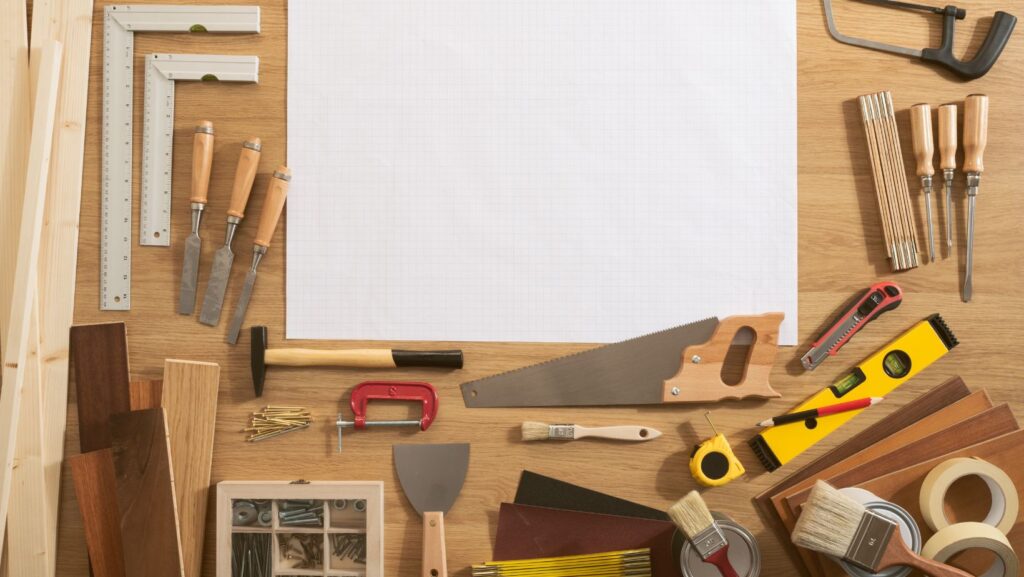Why Your DIY Projects Stall When It Comes to Cutting Timber

There’s a certain satisfaction that comes with building something yourself — whether it’s a garden bench, a backyard deck, or even just a set of sturdy shelves. But for many people, enthusiasm hits a wall the moment timber needs to be cut. The project slows, frustration sets in, and that half-finished pile of wood sits untouched in the garage. Often the problem isn’t motivation — it’s tools. Something as simple as having access to https://sydneytools.com.au/category/outdoor/chainsaws can transform the most difficult stage of a DIY project into a smooth, manageable step.
The Tool Problem
The most common roadblock comes down to equipment. Many beginners start off with hand saws, thinking they’ll be enough. While they can handle a few small cuts, they’re slow, tiring, and far from ideal when you’ve got larger or multiple pieces of timber to get through. This is usually the point where projects stall — the work feels harder than expected, and motivation drops. Power tools make a huge difference. Circular saws, mitre saws, and chainsaws turn heavy labour into quick, precise work, helping you keep momentum and finish what you started.
Accuracy Matters More Than You Think
Even when cuts get made, accuracy can be another hurdle. Timber that’s uneven or jagged throws off measurements, and even a few millimetres can make your structure unstable. Misaligned planks or uneven angles often mean wasted material and the need to start over, which quickly kills enthusiasm. Using the right saw with a guide, clamp, or fence system allows for straighter, cleaner cuts that make assembly faster and less frustrating.
Safety Concerns That Slow You Down
Another reason projects stall is hesitation around safety. Cutting timber, especially with power tools, can feel intimidating. And for good reason — rushing or using equipment incorrectly increases the risk of accidents. But rather than avoiding the task altogether, the answer is preparation. Simple steps like wearing gloves, safety glasses, and ear protection, along with taking a moment to double-check tool settings, can boost confidence and reduce hesitation. Once safety becomes part of your routine, cutting timber feels less daunting and more like just another step in the process.
When Fatigue Creeps In
DIY projects are supposed to be rewarding, not exhausting. Yet, many people burn out quickly when trying to cut timber with the wrong tools. Hand saws tire you out fast, especially on bigger projects, while underpowered tools can make you work twice as hard.
The result? A half-finished job and a lot of frustration. Choosing equipment that matches the scale of your project saves energy and keeps you moving forward.
How to Keep Momentum
If you want to stop your DIY projects from stalling, here are some practical tips:
- Invest in the right tool for the job. It makes cutting faster and cleaner.
- Measure twice, cut once. Accuracy saves time and reduces wasted timber.
- Stay safe and confident. Protective gear and good technique make cutting less stressful.
- Break the work into chunks. Don’t try to do all the cutting in one go.
- Keep blades sharp. A dull blade slows you down and makes cuts rougher.
Building With Confidence
DIY projects often stall at the cutting stage because it feels like the hardest, most technical part. But with preparation, good tools, and a bit of patience, it doesn’t need to be the hurdle that stops you. Instead, cutting timber can become the step that sets the tone for a smoother, more enjoyable project. Once you get past that barrier, the rest of the build usually flows more naturally — and you get to enjoy the satisfaction of seeing your work come to life.


 www Rapid HomeDirect .com: The Ultimate Destination for Home Goods
www Rapid HomeDirect .com: The Ultimate Destination for Home Goods  Explosion-Proof Fans for Chemical Plants, Refineries, and Oil Rigs
Explosion-Proof Fans for Chemical Plants, Refineries, and Oil Rigs  Protecting Your Home from Neighborhood Noise Pollution
Protecting Your Home from Neighborhood Noise Pollution